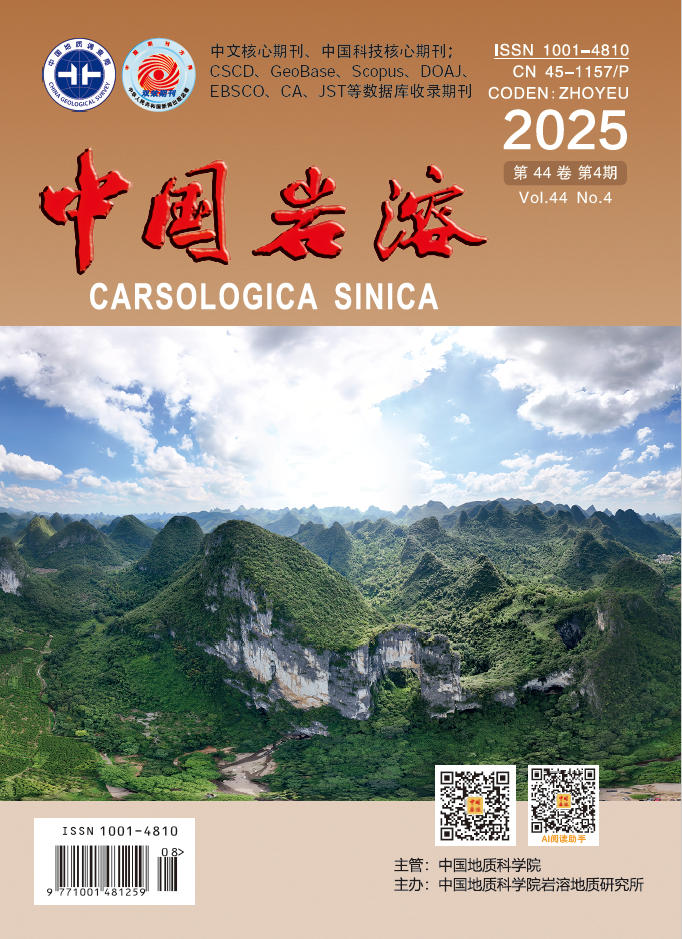Abstract:
The study focuses on the dissolved horizontal groove around the stone pillars higher than 5m in Yunnan Stone Forest. The height, width, elevation, latitude and longitude of the stone pillars at different topography sites and different elevation are measured. Further on, the number of layers of the soil moisture dissolved groove and the height of each layer to ground surface are metered. The statistics shows that the grooves are divided into two kinds, water eroded and soil moisture dissolved grooves, according their formation. The length of water eroded grooves are longer, about 1.77m in average, but the soil moisture dissolved ones are shorter, about 1.33m in average. The depth of water eroded grooves are deeper, about 0.45m in average, than the soil moisture dissolved ones (about 0.40m in average). The average width of water eroded grooves is about 0.25m, and that of soil moisture dissolved is wider, about 1.13m. The average height of the stone pillar is 12.53m with the height of the stone pillars being 14.0m at the bottom of the depression, 12.3m on the slope and 11.3m on the hill-top dividedly. There are 4.95 layers of groove in average totally, but 5.0 layers at the bottom of the depression, 4.9 layers on the slope and 4.7 layers on the hill top dividedly. The height of the one to three levels’ grooves to the ground is 2.00m, 4.09m and 6.20m dividedly. Upon inspection, there is significant difference in width between the two different genetic types of grooves. The length, width and depth of soil moisture dissolved groove decrease with elevation, but that of water eroded groove have nothing to do with elevation. There are no obvious differences in the height, number of layers and altitude in the grooves at different topography sites, proving that there was neither strong folding movement nor tilting uplift-falling movement but consistent geologic structure conditions during the formation of the stone forest that leading to uniform karstification.






